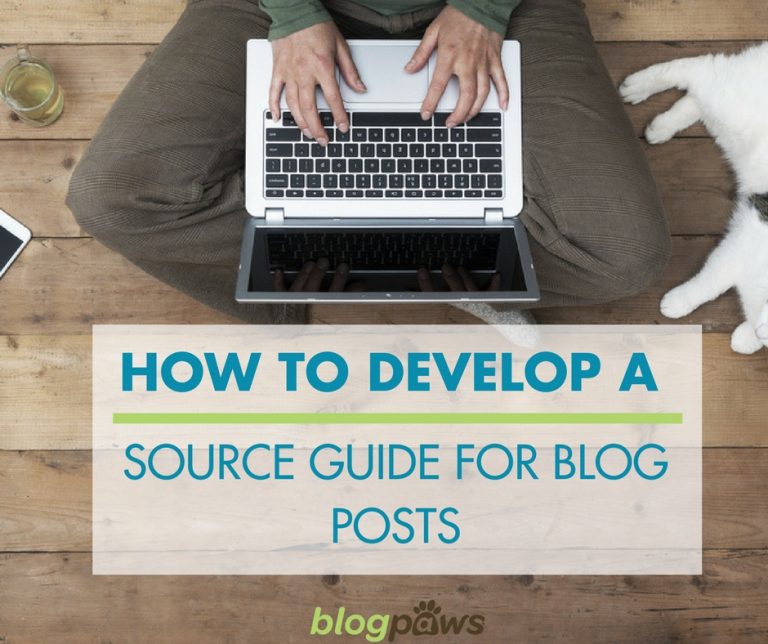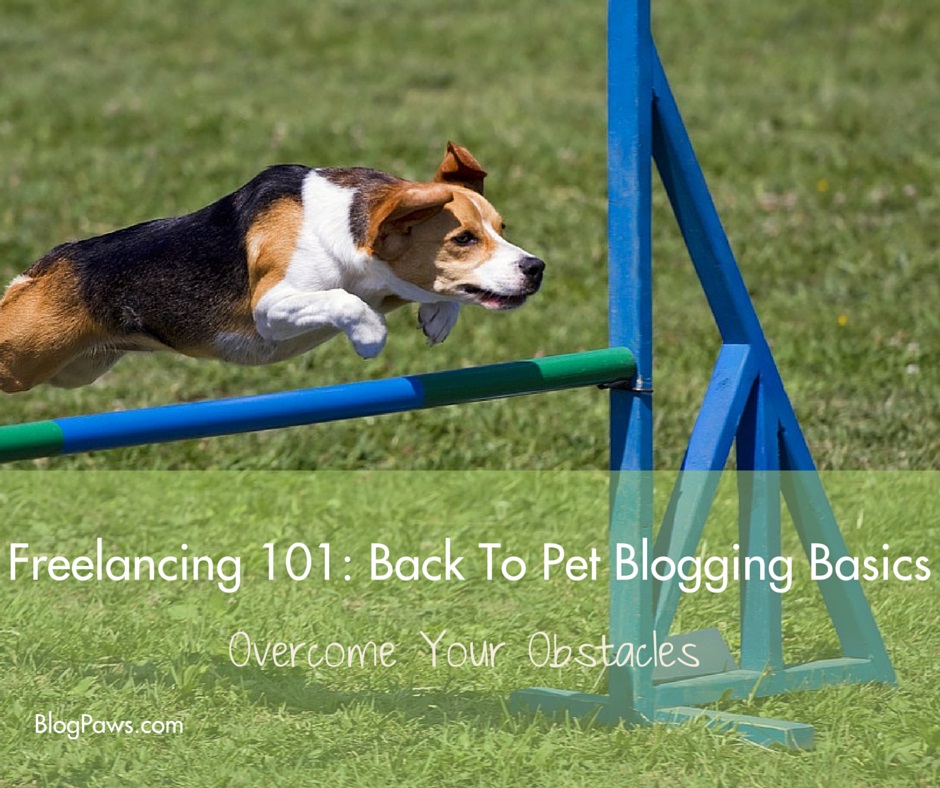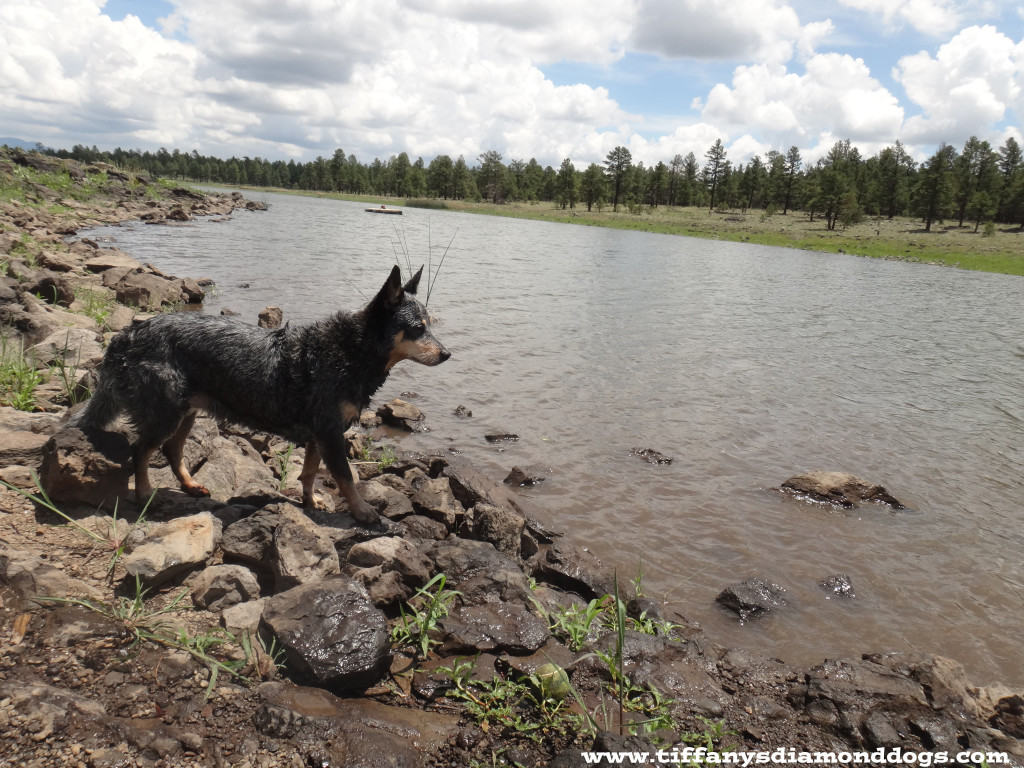Comments on Your Blog | Events | Executive Blog | marketing | Monetizing Your Blog | Posts by Robbi Hess | Social Media Strategy
Pinterest Best Practices For Bloggers (Part 2)
Post by Blog Manager Robbi Hess
In part one of how bloggers can use Pinterest for business we explored ten simple steps that a pet blogger could take to amp up their efforts on Pinterest.
Today we will go a bit more in depth on how bloggers can use Pinterest to attract the attention of a brand, to drive more traffic back to their websites, to increase engagement and to make the most of the time spent on this photo-centric social media platform. Here are ten more action steps you can implement that will help your Pinterest engagement: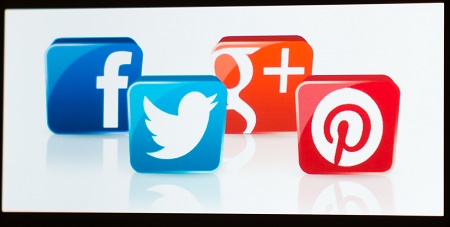
- Have a complete profile. As with all of your social media sites, your profile should be complete and should give a clear picture to a visitor to your page as to who you are, what you may pin about and your interests. Use hashtags as a way to help your page be more searchable, but use them judiciously. If you are a local, storefront business, you will want to add your location. If you’re a virtual business you should determine how people find you and use those terms as the keywords in your profile. For example, if you’re a writer and want to be found for that skill then use the words: writer or blogger, etc. Don’t be obtuse because someone searching for a writer will likely not search for business wordsmith. Put a headshot on your Pinterest profile. Just as you wouldn’t have your Facebook or LinkedIn profile not have a headshot you don’t want to have your Pinterest profile pic be the Pinterest icon.
- Make a commitment. If you’re invited to post on a group board, accept the invitation only if it makes sense. If it is for a board to which you feel you could make a contribution or that is in line with your ideals and mission, then accept. If you’re accepting every request to join a group board simply because you can’t say no, you will be diluting your own pinning efforts and it may make you look “scattered” if a potential business client comes to your Pinterest page.
- Make it part of your business marketing strategy. If you are on Pinterest just because “everyone else is doing it” you’re not helping your business to grow. Just as you use Facebook, Twitter, LinkedIn and your blog to grow your pet business you need to have a plan in mind for your Pinterest page. In your marketing plan, have a place noted for where Pinterest fits into the overall plan. Don’t set up a Pinterest board if you’re not going to update it and maintain it — that would be just as bad as not updating your blog on a regular basis.
- Have a call to action. After you’ve uploaded a photo and added your hashtags and blog link. You can edit the pin and add a call to action. Consider this: “I’m running a contest on my blog, click here (then include the link).” This will drive traffic to your website and may gain you a new reader. This will also amp up your engagement because you’re not just presenting information, you’re giving visitors to your pin boards a reason to interact.
- Learn to make info graphics. Info graphics are the darlings of social media and Pinterest is no exception. If you have a blog post with the, well, Top 10 Tips for Using Pinterest, take those tips, drop them into an info graphic, pin to your boards and viola you will likely see shares, pins and repins go through the roof. Use a program like Canva or PicMonkey to help you with your info graphic efforts. Work with a graphic artist to put together an info graphic for you to share on your social
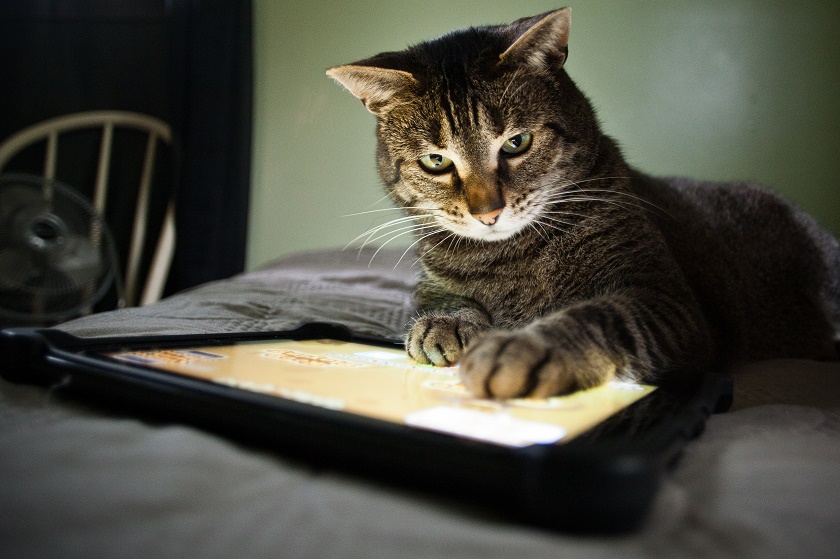 media pages and on your blog.
media pages and on your blog. - Don’t sign up for Pinterest if you don’t have a blog that has images. Because Pinterest is all about the photos and graphics, if you have a blog that is simply text (and I truly can’t imagine anyone does at this point…) you won’t benefit from the power of Pinterest until you start adding images to your blog posts. There is no time like the present to do just that. If you have posts that don’t have images, go find some, add them to the post and then share on Pinterest. It doesn’t benefit your business or your brand to sign up for Pinterest and then have no boards or boards with one one or two pins.
- Add PinAlerts to your site. A PinAlert lets you know when someone pins an image from your website onto one of their pinboards. When this happens you want to thank them for doing that and for helping share your content. Pinterest is as much about building relationships as are your other social media platforms.
- Pin everything. Not that I am advocating that you pin everything, I am advocating that you check out the Pin Everything boards as this is a great way to uncover new pins for your boards, new people to follow, and the pages offers suggestions all in one convenient location. You may need to scroll through the page to find relevant content for your page, but it may be a bit of a timesaver.
- Host a contest. Are you a crafter or a do-it-yourselfer? Host a contest on your website and ask individuals to post photos of their completed projects on your Contest Craft board. Make sure you name the board something that is more searchable whether it’s Dog Contest Crafts or terms that you used on your blog when you wrote it.
- Pin in small batches. Danielle Lambert, founder of SnoutSchool.com spoke at the BlogPaws 2014 Conference about how to best utilize Pinterest for business. One of her tips was to pin in small batches. “Upload three or four images at a time… you won’t overwhelm the news feeds of your followers, but you are giving them a reason to stick around.”
Take this batch of 10 tips and the 10 tips from the previous blog post and find a way to work Pinterest into your 2015 marketing and blogging strategy.
(Photo Shutterstock Cat on Computer)

